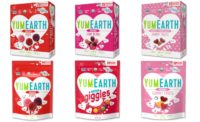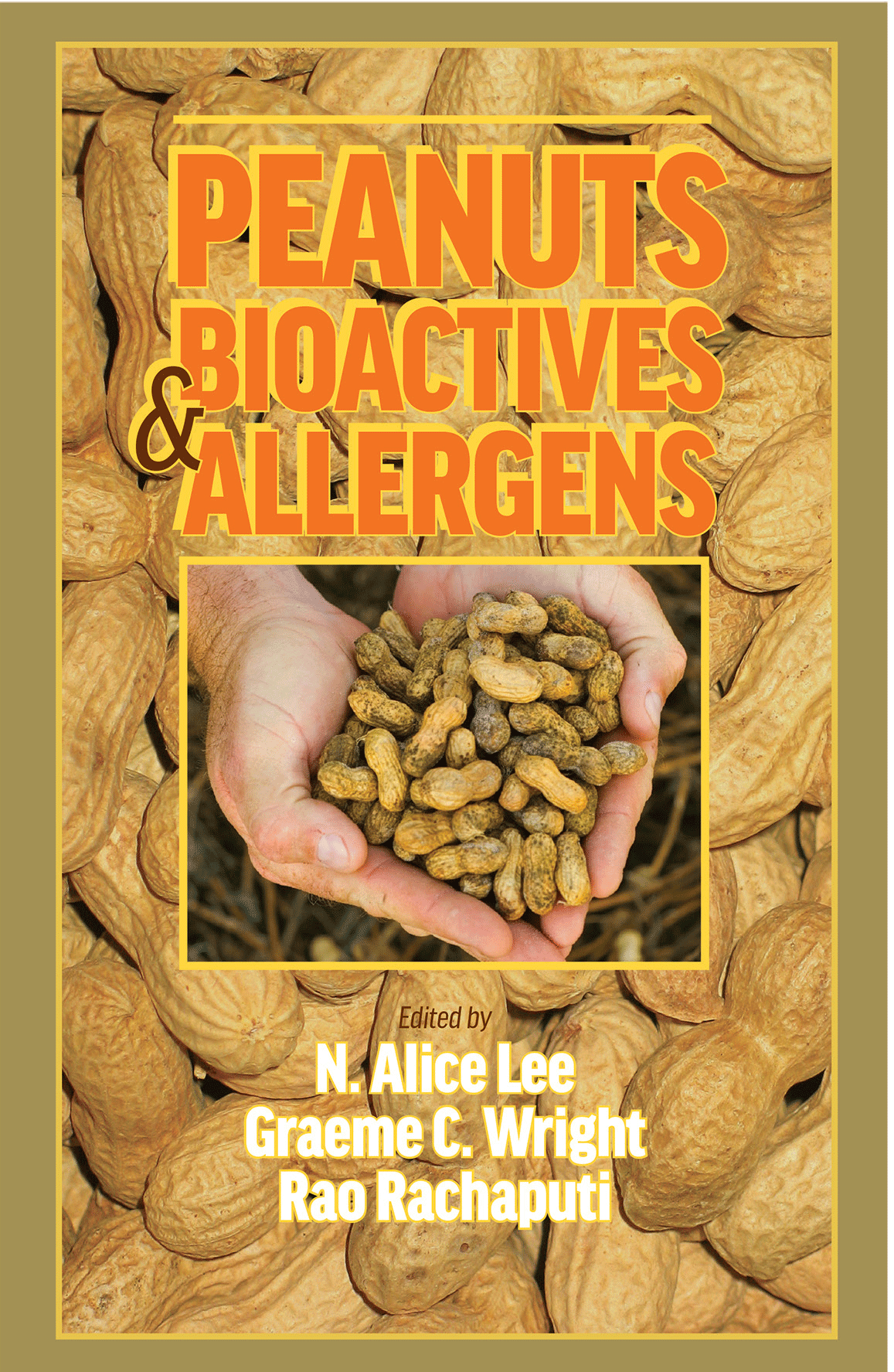
When the craving for cookies sets in, those suffering from allergens or even Celiac disease, diabetes and other illnesses that demand strict diets could only turn to what seemed to be a cardboard cutout of a cookie that’s filled with pieces of chalky chocolate chips that leave behind a bland aftertaste.
Oh, yes, don’t forget the white residue that fell every time the cookie “crumbled.”
Thankfully, today’s cookie producers are trading in some of the chopped nuts and eggs for all-natural, organic and even Kosher alternatives to produce dairy-, nut-, gluten- and allergen-free versions so that even consumers on the most restrictive diets can enjoy a little something sweet without sacrificing taste.
“Ingredients and manufacturing processes for gluten-free products are continuously improving,” says Laura Kuykendall, senior marketing manager for Canada-based Glutino Food Group. “Because of this and our dedication to high-quality ingredients, we continually make great-tasting, gluten-free cookies that everyone can enjoy.”
New to the Glutino Food’s lineup of gluten-free snacks areDream Cookies, which are made with all-natural ingredients. These kosher and wheat-free treats come in Chocolate Chip, Vanilla Crème and Chocolate Vanilla Crème varieties.
To better communicate with consumers, Glutino also redesigned the packaging for its gourmet baking mixes and has plans to undergo a significant rebranding and packaging effort in early 2010, Kuykendall says.
In seemingly all segments of the food industry, companies are responding to consumers’ efforts to seek products that contain all-natural and organic ingredients, says Joy Page, ceo of WOW Baking Co.
“[Our] products have always been made with quality all-natural ingredients,” she adds. “We continually seek to refine our formulations using organic ingredients when possible. The chocolate used in our chocolate chip cookies is Fair Trade chocolate. All dairy ingredients are antibiotic- and hormone-free.”
WOW Baking produces a plethora of gluten- and wheat-free cookies that can come individually wrapped or in cookie dough and cake mix formats, and can be found in grocery stores and in-store bakeries.
“The greatest opportunities for allergen-free and gluten-free bakers and producers are in the mainstream markets,” she says of the Kent, Wash.-based company’s advantages over non-gluten-free manufacturers. “Currently, most allergen-free and gluten-free products are found in the specialty grocery stores. As the need for these products continues to grow, the wheat- and gluten-free products will become more prevalent in regional grocery stores, convenience stores, coffee shops and larger stores such as Walmart.”

“The gluten-free market segment is becoming huge, and we have found it takes one to bake one,” she adds. “Real people are still making real food. Both my daughter and I have Celiac disease, and we created Glow Gluten Free Cookies for people like us who just want to snack on a delicious gluten-free cookie.”
Glow Gluten Free’s Cookies are made with proprietary bean flour to give the products an added boost of fiber and protein, and are baked in a dedicated peanut- and gluten-free facility, Brack says. The assortment comes in Chocolate Chip, Double Chocolate, Gingersnap and Snickerdoodle.

Crumbling the Hype
Over the years, several gluten-free manufacturers have overcome severe scrutiny, public misconceptions and negative media to deliver a team of premium, quality products that don’t taste like tree branches.“Most people believe that a gluten-free product will not taste as good as a similar product made with gluten,” Kuykendall says.
In some cases, it’s just about educating the consumer.
“Gluten-free means that the level of gluten is less than 20 parts per million,” says Jerry Bigam, president of Kinnikinnick Foods Inc., producer of gluten-free products such asKinniTOOS sandwich cookies,KinniKritters animal cookies,KinniTOOS chocolate and vanilla sandwich cookies, andS’Moreables graham-style cookies as well as toaster waffles, donuts, cinnamon buns, breads, buns, bagels, muffins and pizza crusts.
“Simply eliminating wheat, barley, rye and oat ingredients from a product formulation is not sufficient,” he adds. “Cross contamination can occur in milling, transporting, packaging and manufacturing activities.”
That’s why it’s critical for companies to produce allergen-free products in a dedicated facility while continuously testing ingredients.“For our gluten-free and nut-free claim statements, we operate a dedicated manufacturing plant,” Bigam says.
“For our dairy-free claim, we operate a separate dedicated line for any product with dairy. We only sell those products that we make in our facilities and can, therefore, guarantee that the standards are met. We have our own lab facilities that check all incoming ingredients for possible contamination. We also require all suppliers to provide the necessary protocols for allergen-free manufacturing, and then we test all incoming ingredients. We also test our own finished products on a regular basis.”
On the other hand, not all so-called allergen-free products are for everyone, Page notes. Someone who is allergic to nuts, for instance, may be able to tolerate foods containing gluten and vice versa. That’s why clear, concise and accurate labeling is so important to consumers who suffer from such disorders.
“Gluten intolerance, or Celiac disease, is not an allergy,” she adds. “It is a digestive disorder triggered by the ingestion of gluten and causes gastrointestinal distress and malnutrition. Gluten sensitivity is similar to lactose intolerance. People with this sensitivity who ingest gluten experience gastrointestinal issues that vary in severity and symptoms.”
Although maintaining an allergen-free facility is the most label-friendly way to conduct business, it’s also the most costly.
For instance, expensive ingredients translate to a higher retail price, while other temperamental ingredients can provide challenges during the baking process, Brack says.
Likewise, distribution costs are considerably higher because these niche products often target specific specialty markets.
“To get any benefit from large-scale production, you need to distribute product over a much larger geographic area,” Bigam says. “Marketing costs, freight costs and warehouse distribution costs add considerably to retail price.”
Another challenge is creating allergen-free cookies that taste delicious, Page says.
“WOW Baking follows very strict guidelines for the production of our gluten-free products,” she adds. “Our production facility is dedicated gluten-free, [and] the protocol we follow and the testing for gluten ensures our products are free from gluten contaminants.”
However, while a dairy-, nut- or gluten-free diet is designed for those who suffer from specific food allergies, bakery experts advise it’s not for everyone, especially for those who are healthy and don’t suffer from such disorders.
“We recommend checking with your doctor before beginning any new restrictive diet,” Brack advises.
In the end, today’s gluten-free options allow any consumer to snack healthy without giving up taste.
Editor’s Note: This article originally ran in Retail Confectioner’s sister publication, Snack Food & Wholesale Bakery.



